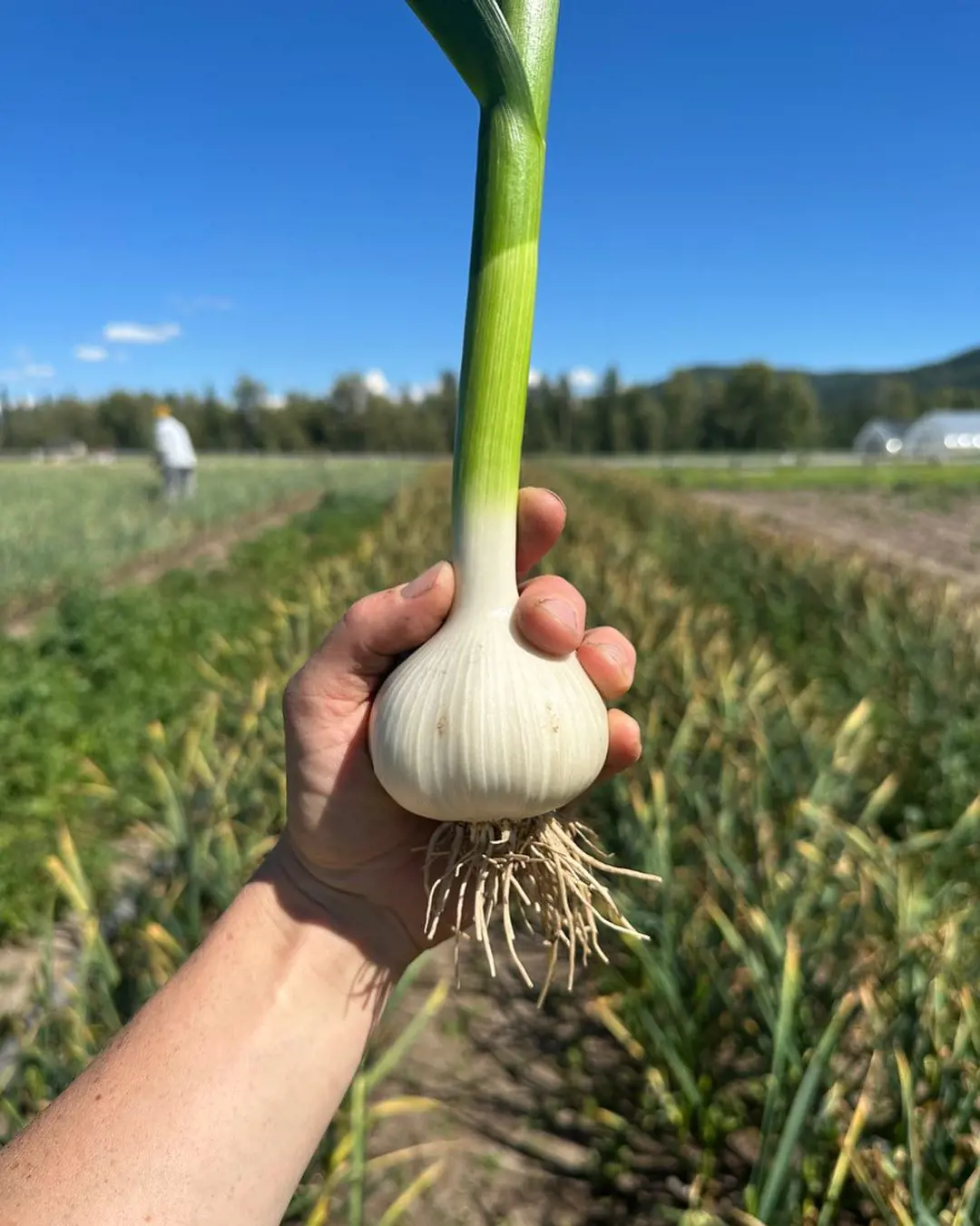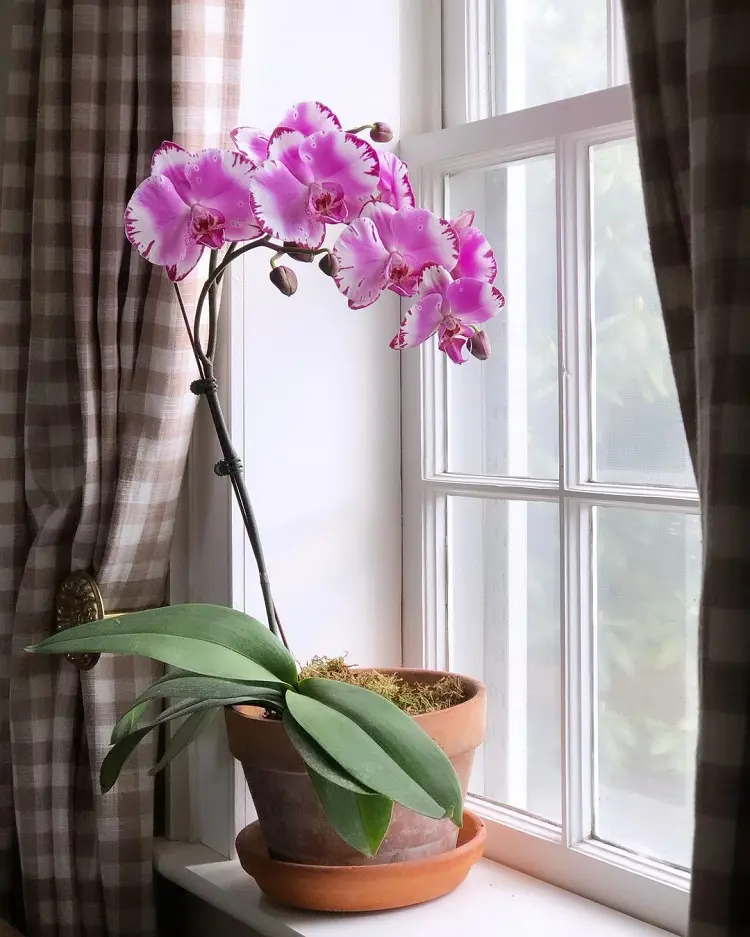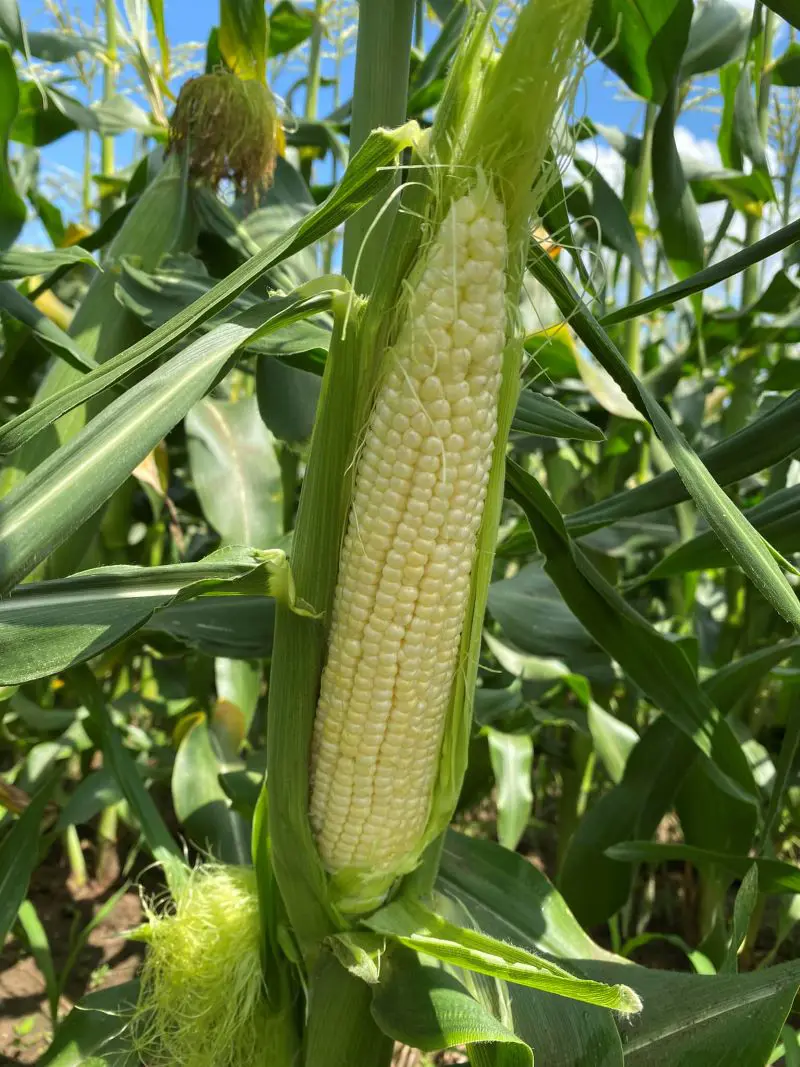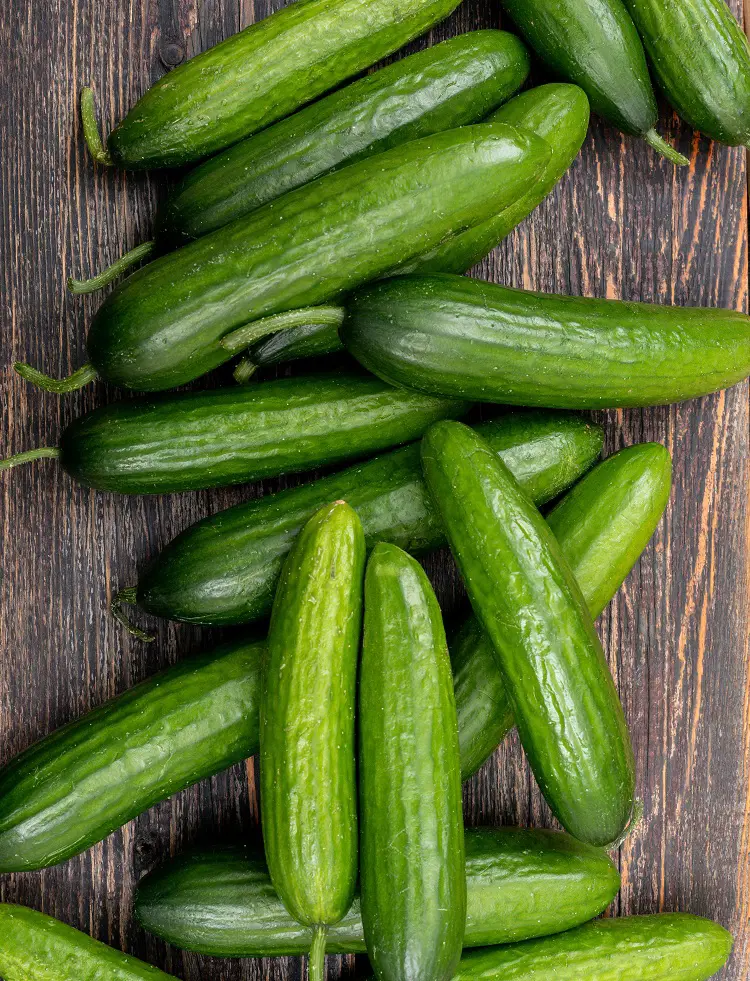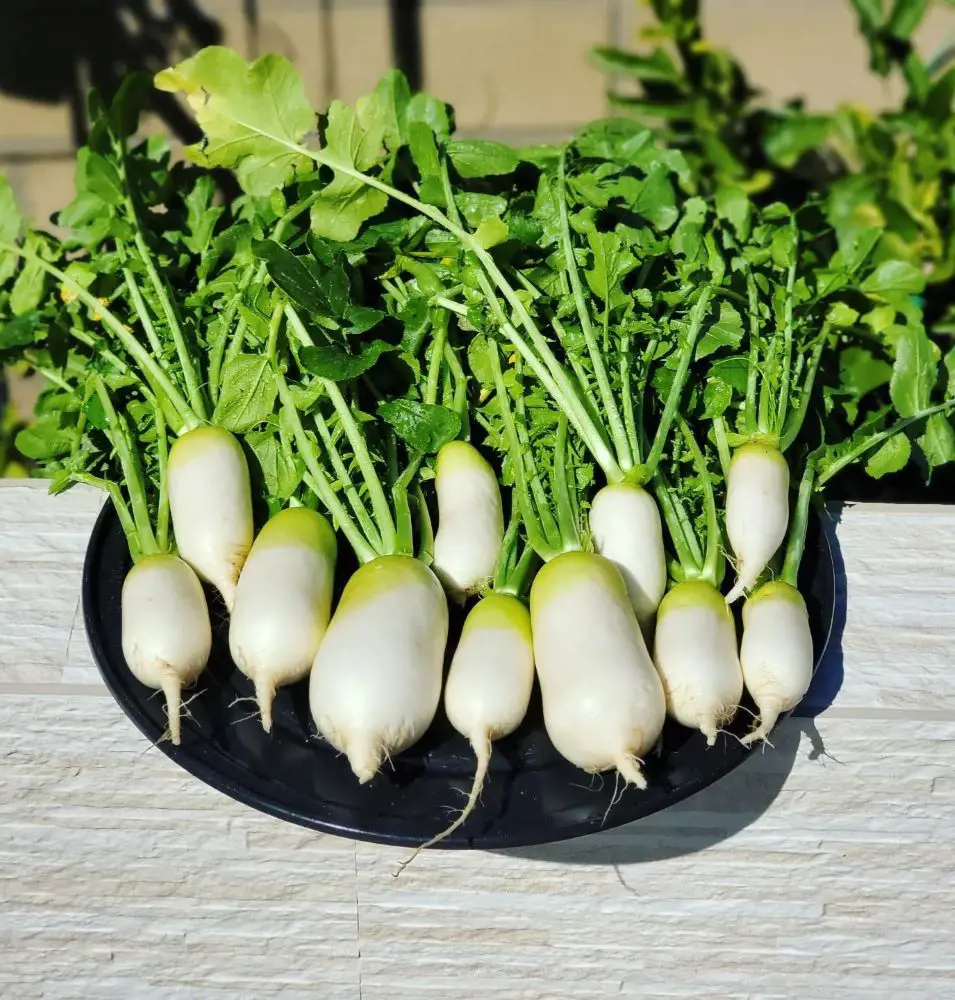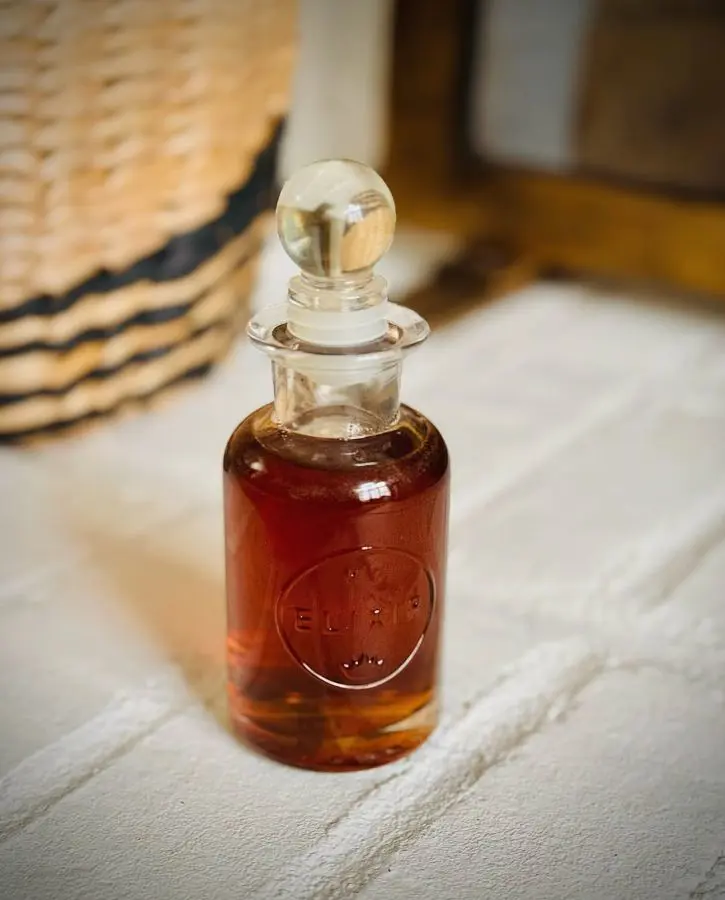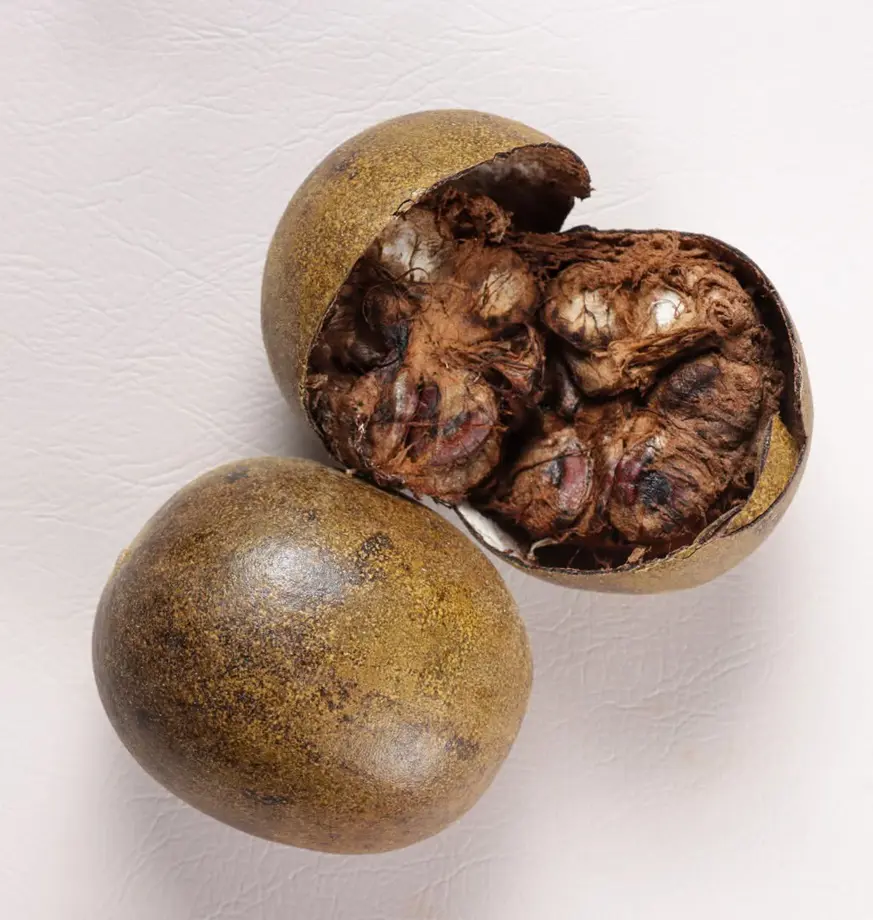How To Grow Lavender In Your Yard
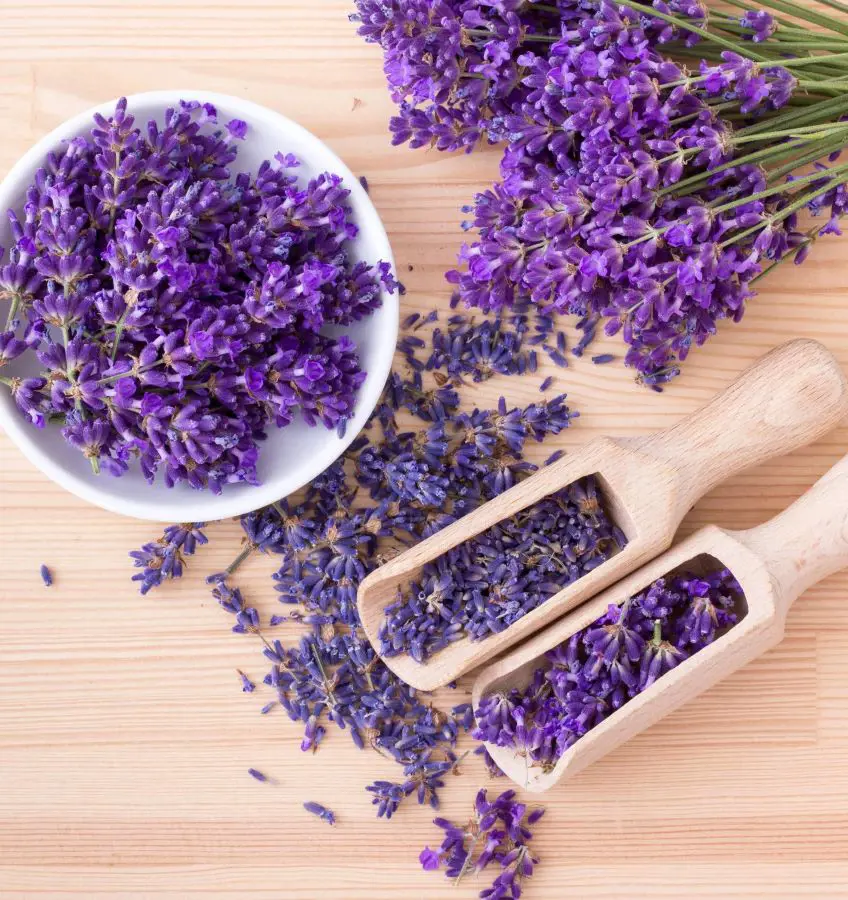
This post may contain affiliate links. If you make a purchase through links on our site, we may earn a commission.
Lavender is a beautiful and fragrant herb that is easy to grow in the yard. With its delicate purple flowers and calming aroma, it adds a touch of beauty and serenity to any garden.
Full sunlight, good drainage, and sandy soil are some of the main factors that determine the growth of this flower.
In this guide, we will provide easy steps on how to grow lavender in the garden, from choosing the right variety to harvesting the flowers. So, whether you are a seasoned gardener or just starting, you can be successful in growing this lovely herb.
1. Select Appropriate Variety
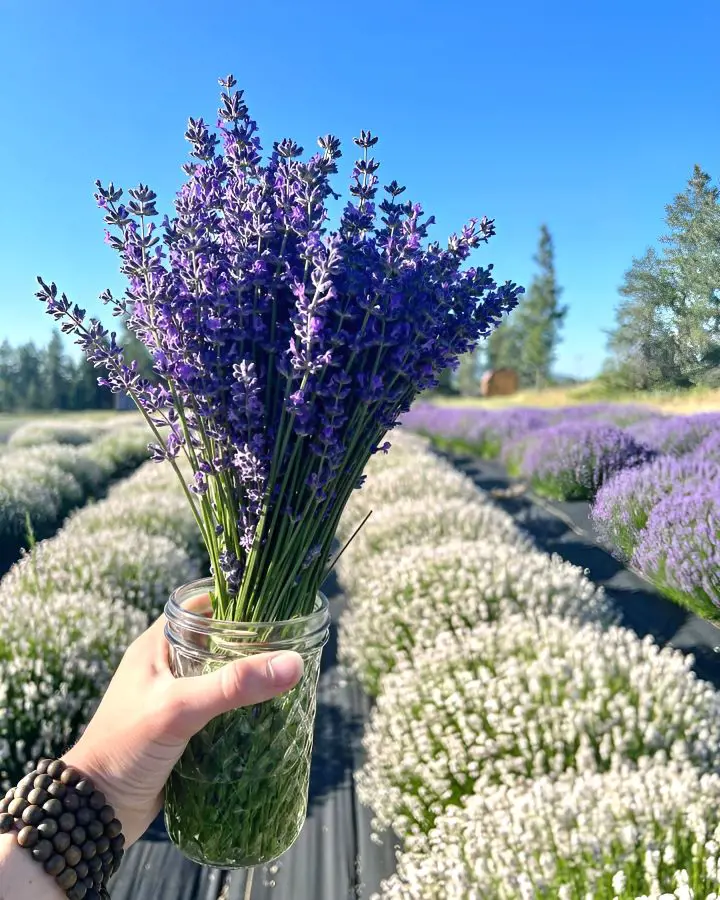
The first step in growing lavender involves choosing the right variety for the climate and desired use. Different varieties have different characteristics, like size, color, fragrance, and cold tolerance. Some are more suited for colder climates, like English lavender, while others prefer warmer zones, like Spanish lavender.
Additionally, some varieties have a stronger flavor for culinary use, like the French lavender, while others are known for their calming aroma, like the English lavender.
2. Pick a Sunny Location
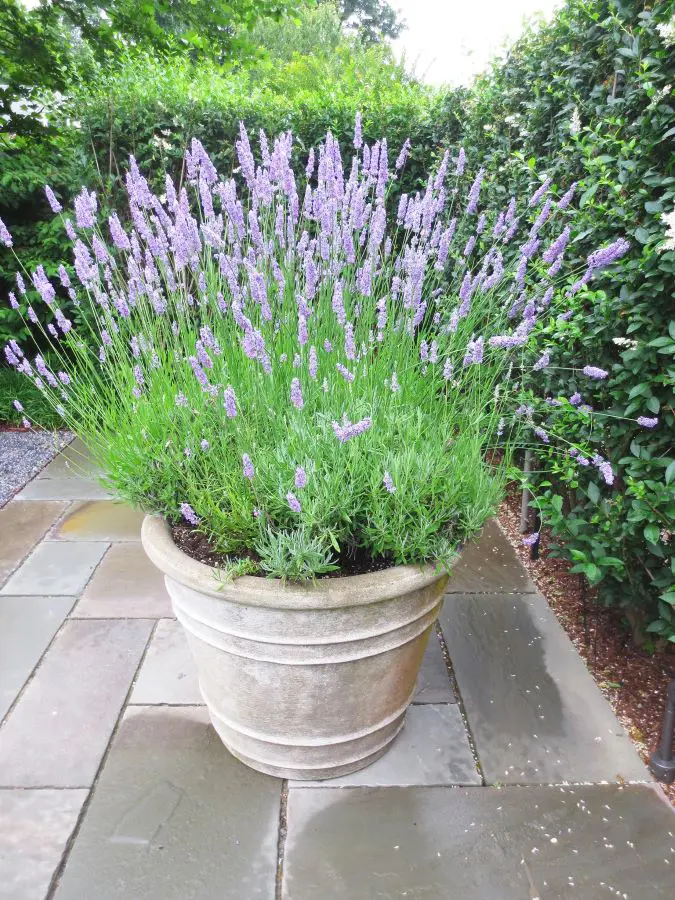
Picking a sunny location for your lavender means choosing a spot that receives at least 6–8 hours of direct sunlight daily. This is essential for healthy growth, abundant flowering, and a strong fragrance.
Lavender thrives in sunny environments, and full sun exposure helps the plant produce the essential oils that give it its distinctive scent. Without enough sunlight, the lavender may become leggy, produce few flowers, and have a weak aroma. Moreover, consider good drainage to prevent root rot, and raised beds are ideal in areas with poor drainage.
3. Get the Soil Ready
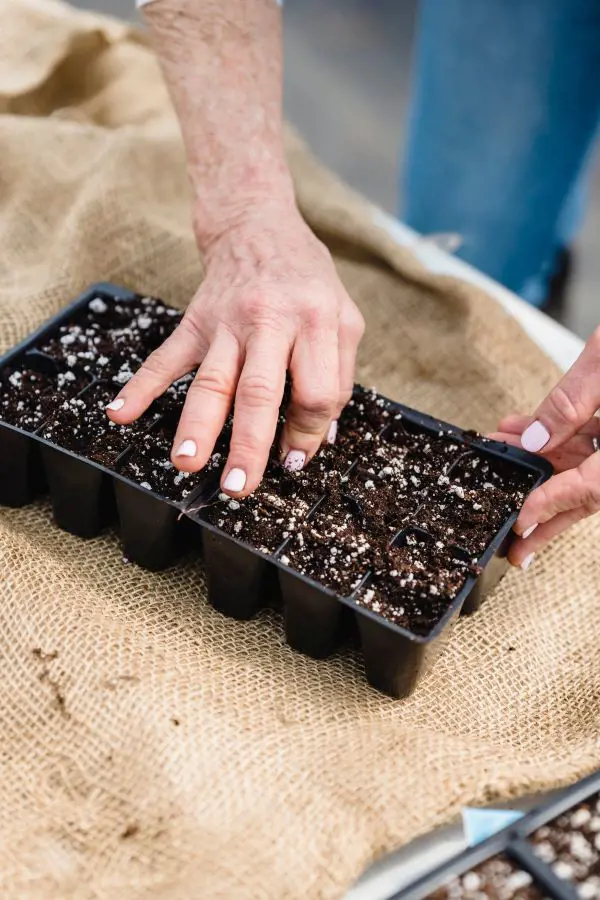
Preparing the soil for lavender is crucial for its successful growth. It involves steps that ensure the ideal environment for its roots to thrive. Lavender prefers slightly alkaline soil with a pH between 6.5 and 7.0.
Lavender needs well-draining soil to prevent root rot, and in the case of soil with heavy clay, one can amend it with sand or other organic matter to improve drainage. Simultaneously, adding organic matter, like compost or aged manure, to the soil helps improve its fertility and structure. All these factors ensure fertile soil for the plant.
4. Ensure Right Time and Depth

Planting at the right time and depth is crucial for root establishment and plant health. Lavender has deep roots that need time to establish themselves. Planting at the right time (spring or fall) and depth (slightly deeper than the pot) allows the roots to grow strong and access the water and nutrients they need.
Similarly, lavender blooms at specific times throughout the season. Deadheading spent flowers at the right depth (just below the flower head) encourages continued blooming and prevents the plant from setting seeds, which can weaken it. Pruning after flowering at the right time (late summer) helps maintain the plant's shape and promotes bushier growth.
5. Water Regularly

Watering regularly is crucial for thriving lavender growth because consistent moisture helps roots grow deep and strong, anchoring the plant and allowing it to access water and nutrients efficiently. It also encourages healthy foliage and flower production, and a lack of it results in less foliage and fewer flowers.
Regular watering also helps prevent stress and promotes overall plant health. Here are some simple tips for regular watering:
- Water deeply, allowing the water to reach the roots.
- Aim to drink water early in the morning before the sun evaporates too much water.
- Allow the soil to dry slightly between waterings. Overwatering can be harmful.
6. Deadhead Spent Flowers
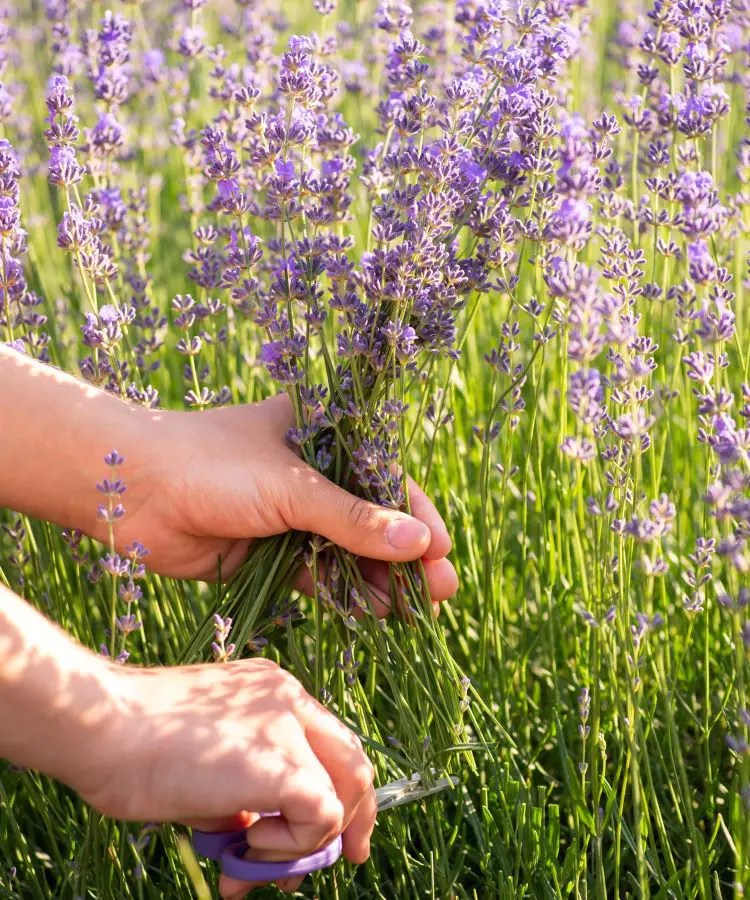
Deadheading, or removing spent blooms, is an essential practice for maintaining healthy and vibrant lavender plants. This simple step encourages continued blooming, promotes bushier growth, and prevents the plant from putting energy into seed production at the expense of flower development. By removing the spent flowers, the plant gets to focus its energy on producing new buds and flowers instead of setting seeds.
This can significantly extend the blooming period of the lavender. Deadheading encourages the plant to develop new lateral branches, resulting in a bushier and fuller appearance. This not only enhances the aesthetic appeal of the lavender but also improves its overall health and vigor.
7. Prune After Flowering
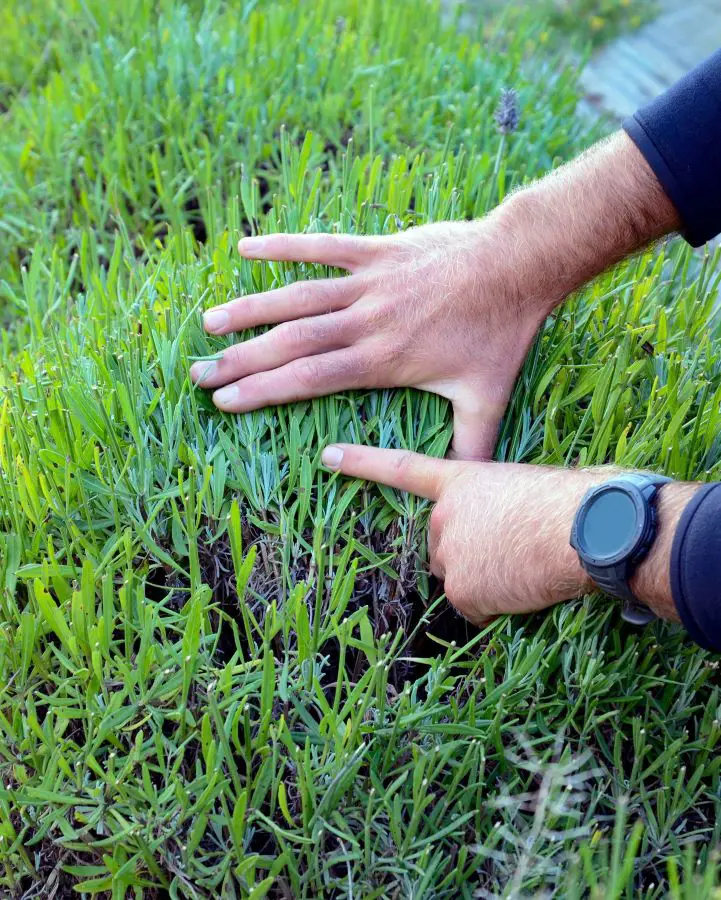
Pruning flowers is the selective removal of plant parts, such as stems, leaves, and spent flowers, to improve the plant's health, appearance, and productivity. It plays a key role in promoting bushier growth, encouraging more flowers, and maintaining the lavender's overall shape.
Similarly, proper pruning allows for better air circulation throughout the plant, which helps prevent fungal diseases and other problems. Here are some additional tips for pruning your lavender:
- Use clean, sharp pruners to make clean cuts.
- Prune after the main flowering period in late summer or early fall.
- Cut back the stems by about one-third, but avoid cutting into woody growth.
8. Fertilize Occasionally

Fertilize occasionally, which means that one should provide a small amount of fertilizer only when necessary. Unlike many other flowering plants, lavender thrives on minimal fertilization. Too much fertilizer can harm the plant and decrease flowering. It is best to fertilize once or twice a year, typically in the spring and fall, but the young plant may benefit from a light application of fertilizer in the spring to promote initial growth.
If the lavender plants are growing very slowly, it could be a sign that they need some fertilizer, and pale green leaves can also indicate a lack of nutrients. Apply fertilizer around the base of the plant, avoiding direct contact with the stems and leaves. Water the plant thoroughly after applying fertilizer.
9. Protect from Cold Winters

Lavender thrives in warm, sunny climates, and some of them are not winter-hardy and require protection in cold climates. In such cases, one has to take proper measures to ensure that the plant does not suffer. Opt for lavender varieties known for their cold tolerance, like English Lavender (Lavandula angustifolia) and Munstead Lavender (Lavandula angustifolia 'Munstead'). These varieties can withstand temperatures as low as -15°C (5°F).
Spreading a thick layer of organic mulch, like wood chips or shredded bark, around the base of your lavender plants is also an ideal option. It acts as an insulator after the first frost, protecting the roots from the cold and preventing frost damage.
10. Harvest and Enjoy
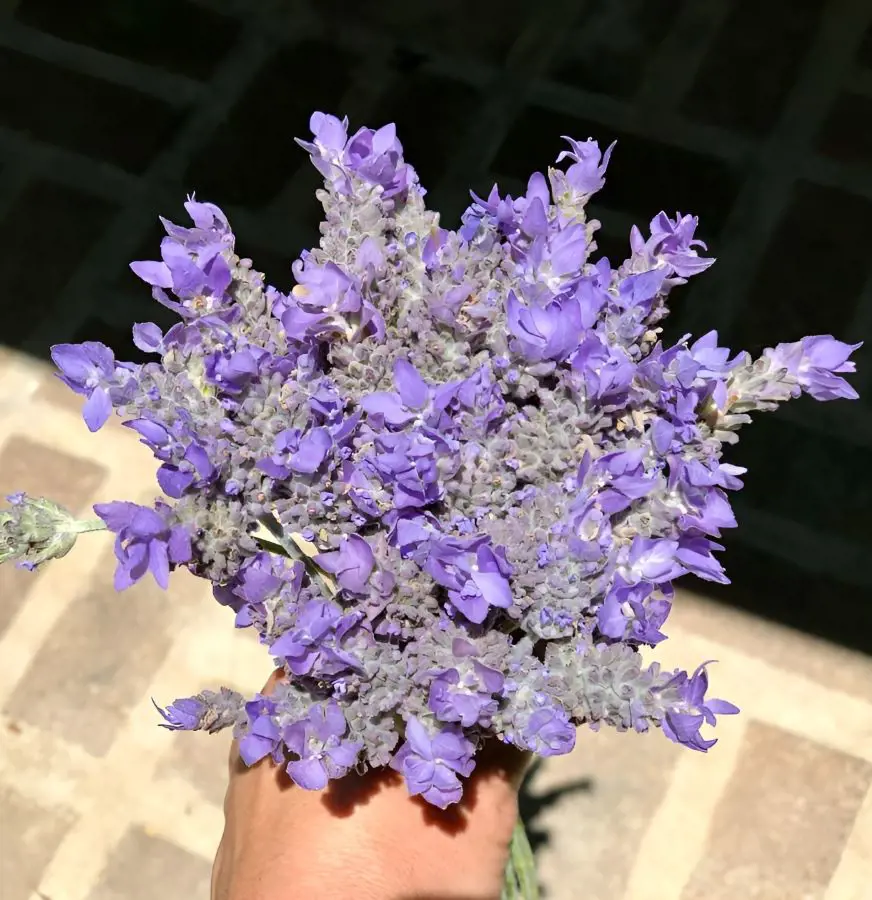
The last step in the process of growing lavender is harvesting. Harvesting lavender is not only rewarding but also beneficial for the plant's continued growth. The best time for harvest occurs in mid-summer, depending on the variety and climate when the flowers are fully open and their fragrance is most potent. Harvesting early in the morning, after the dew has dried, ensures the flowers are at their freshest and most vibrant.
Lavender can be enjoyed in many ways. Use dried lavender to decorate wreaths, sachets, and other craft projects. Certain lavender varieties are culinary-grade and can be used to flavor baked goods, teas, and other dishes. Quick harvesting method:
- Use sharp, clean pruners to cut the flower stems.
- Don't cut into the woody stems of the plant, as this can damage it.
Recent posts
How To Grow
How To Grow
How To Grow Garlic
A bulbous member of the onion family, garlic is prized for both its potent flavor and a variety of therapeutic applications. Due to its relative ease of cultivation, it is a favorite among home gardeners and a pioneer in kitchens worldwide. Garlic ma...
How To Grow
How To Plant and Grow Orchids
Orchids are one of the prettiest and most interesting flowers out there, with over 30,000 types and 200,000 hybrids. They are one of the biggest families of plants and can grow indoors or outdoors. However, growing and taking care of orchids is not e...
How To Grow
How To Plant, Grow And Harvest Corn All By Yourself
Growing your popcorn or sweet corn at home garden can seem like an interesting idea. However, it requires a large amount of space to grow as it is a tall plant that needs plenty of room to spread out. But, if you want to enjoy freshly popped po...
How To Grow
How To Plant, Grow And Care Cucumbers
Growing cucumbers is like going on a fun journey where you get to plant and pick your very own crunchy veggies. It's not just about having tasty cucumbers, it's also about the joy of seeing your plants grow. Whether you have a big garden or a small b...
How To Grow
How To Plant, Grow And Care Radishes In Your Garden
Growing radishes in your garden is a fantastic way to enjoy crisp and peppery veggies that you've nurtured from seed to plate. It's a straightforward process that anyone can try, even if you're new to gardening. In the following 12 steps, we'll guide...
How To Grow
How to Plant, Grow And Care For Spinach?
Growing leafy greens in your backyard garden is both healthy and fun. Spinach can be the best leafy green to start with as it is relatively easy to grow from scratch and can be harvested in about a month from planting. It thrives in spring or fall in...
